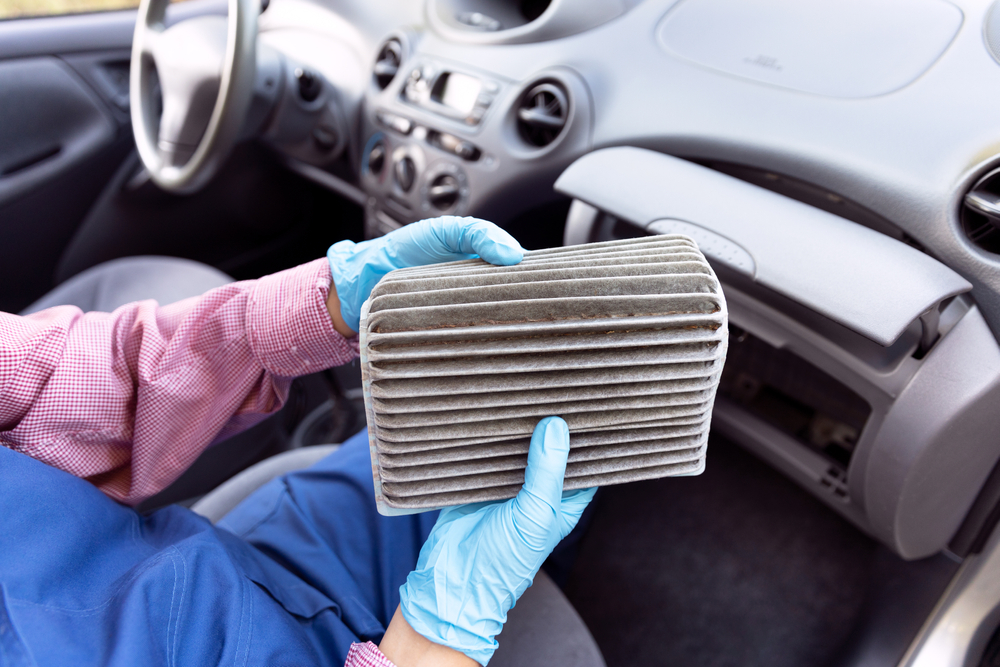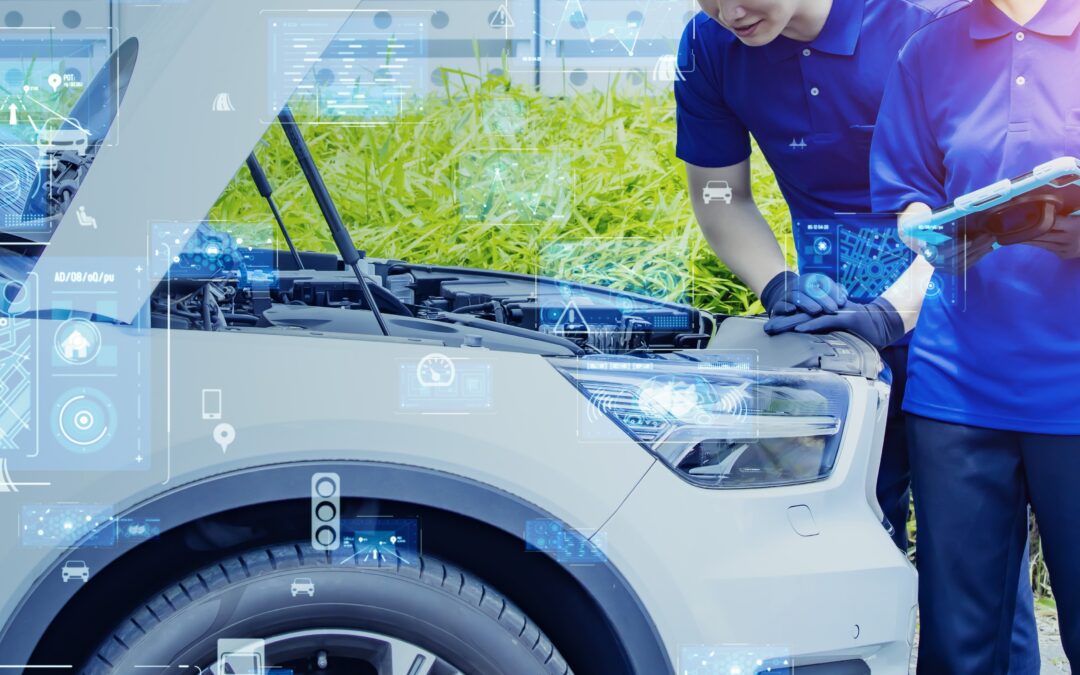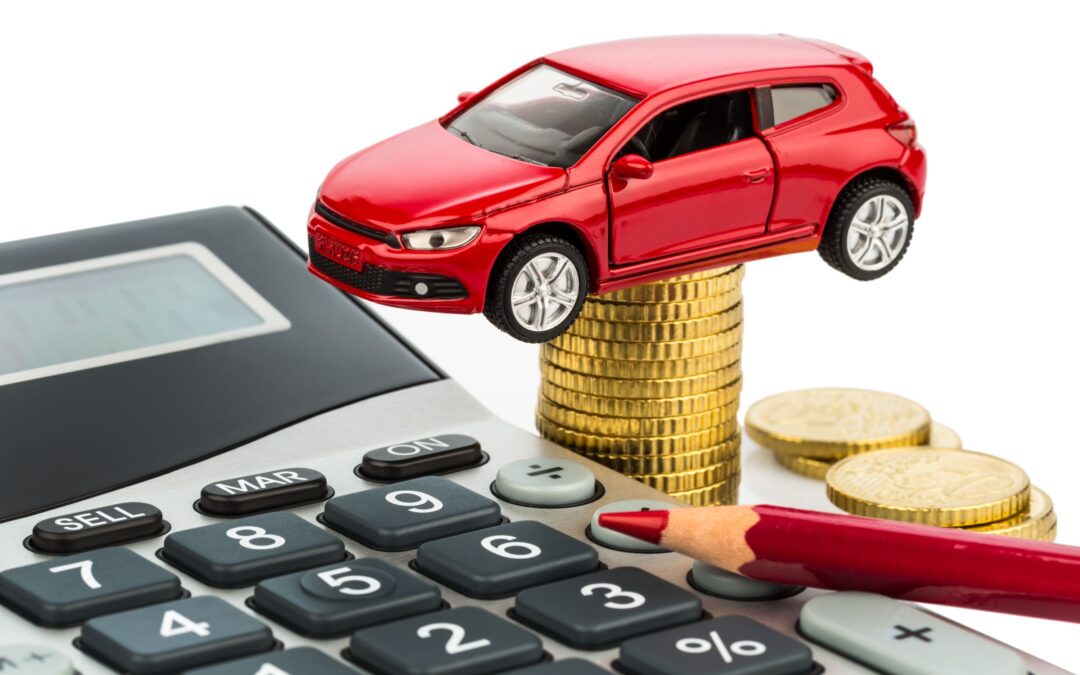Since Covid-19 there has been a greater interest in how to keep your car’s ventilation system clean and fresh. The main component that filters the air coming into a car is the “cabin air filter”. In normal times this filter is inspected or replaced at around 15,000 miles or 18 months if it’s dirty. In Columbia, the heavy tree cover creates debris that migrates quickly into the cabin filter so replacing the filter every 7,500 miles (or 9 months) is recommended. COVID has changed these recommendations. With many cars sitting for days and weeks, checking the filter every 6 months is the best solution. Why? Because rodents like squirrels and mice like to build nests or chew up your cabin filter!
Our filter replacement service includes cleaning the air intake and the housing where the filter is located. Some vehicles have two filters that must be carefully installed one at a time into the ventilation housing. Other cars have just one filter located under the dashboard or behind the glove box.
This service can take as little as 15 minutes to may take nearly an hour. To ensure that your car’s system of ducts, flaps, hoses, vents, and plastic housings is clean, we use an ionizer. This process takes about 15 minutes with the system on recycle, set to face vent fully open with the doors and windows closed. We return the settings to normal flow after the process. In the winter, make sure to avoid using the recycle mode to avoid moisture build up which can cause mold in your vehicle.
Cabin filter facts
- How it’s made. A typical cabin air filter is a flat panel consisting of a pleated filtration material and supporting frame.
- How it works. When driving along, a vehicle pulls in air through the ventilation, air conditioning and heating systems into the cabin. Depending on the quality and condition of the outside, this air may contain various substances, some particulate and others gaseous. These are removed as the air flows through the filter.
- Health Hazards. If left to circulate in the cabin, airborne particles create health risks for the driver and passengers. Some cabin filters are made from a fabric material (usually cotton) and often have carbon impregnated in the material.
Types of Cabin Air Filters
- Particulate Cabin Air Filter. The particulate filter consists of a filtration medium, which is usually a porous fibrous material. It traps particles 0.3 microns and larger such as dust, pollen, and other debris. The particulate filter is the most basic or regular type of filter.
- Charcoal Cabin Air Filter. A charcoal filter is more effective than the particulate filter. It comprises the normal porous material as the main medium and a layer of charcoal to absorb microscopic contaminants. The charcoal provides a surface to absorb gaseous pollutants. In addition to the large particles, a charcoal cabin air filter also removes smoke and unpleasant odors such as exhaust fumes.
- Activated Carbon Cabin Air Filter. An activated carbon air filter is made up of conventional filtration medium and a layer of activated carbon or charcoal. Activated carbon removes fumes, odors, bacteria, and other microorganisms from the air.
- Electrostatic Cabin Air Filter. This type of filter uses static charge to trap pollutants. As the air passes through the filter media, layers of electro statically charged fibers attract pollutants. Electrostatic cabin air filters are effective at removing both particulate matter, odors, dust, pollen, spores, smoke, fumes, and bacteria.






